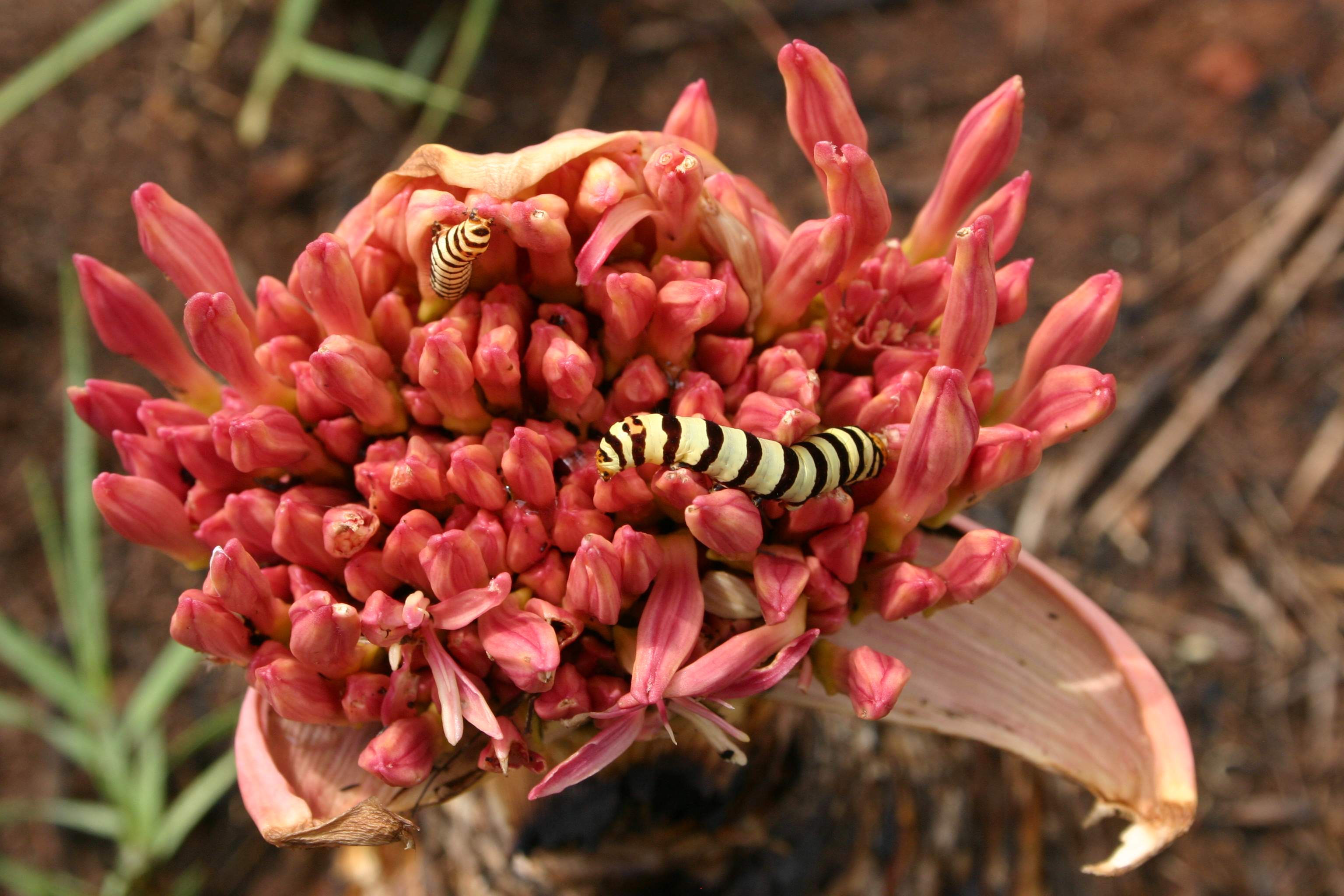|
Diaphone Eumela
''Diaphone eumela'', the cherry spot or lily borer, is a moth of the family Noctuidae. It is found in Lesotho, Mozambique, Namibia, South Africa and Angola. Like its relative, '' Brithys crini'', this noctuid is found almost exclusively on plants of the families Amaryllidaceae and Liliaceae, and has been recorded feeding on '' Ornithogalum eckloni'' and ''Boophone disticha ''Boophone'' is a small genus of herbaceous, perennial and bulbous plants in the Amaryllis family (Amaryllidaceae, subfamily Amaryllidoideae.) It consists of two confirmed species distributed across South Africa to Kenya and Uganda. It is closel ...''. References Moths described in 1782 Glottulinae Lepidoptera of Angola Insects of Lesotho Lepidoptera of Mozambique Lepidoptera of Namibia Lepidoptera of South Africa Moths of Sub-Saharan Africa {{Glottulinae-stub ... [...More Info...] [...Related Items...] OR: [Wikipedia] [Google] [Baidu] |
Caspar Stoll
Caspar Stoll (Hesse-Kassel, probably between 1725 and 1730 – Amsterdam, December 1791) was a naturalist and entomologist, best known for the completion of ''De Uitlandsche Kapellen'', a work on butterflies begun by Pieter Cramer. He also published several works of his own on other insect groups. Stoll's 1787 publication on stick insects, mantises, and their relatives is also well known. It was translated into French in 1813. Life Aside from official records, few biographical details are known. Caspar Stoll was born in Hesse-Kassel but lived most of his life in The Hague and Amsterdam. In the latter, he worked as a functionary (either a clerk or a porter) at the Admiralty of Amsterdam He married his first wife, Maria Sardijn, on 18 January 1761, they married in a church in Scheveningen. Her brother was a tax collector and a notary. Stoll appears to have worked for a notary as well: several times he put his signature as a witness. They had four children baptised in The Hague. Th ... [...More Info...] [...Related Items...] OR: [Wikipedia] [Google] [Baidu] |
Boophone Disticha
''Boophone'' is a small genus of herbaceous, perennial and bulbous plants in the Amaryllis family (Amaryllidaceae, subfamily Amaryllidoideae.) It consists of two confirmed species distributed across South Africa to Kenya and Uganda. It is closely related to ''Crossyne'', a genus whose species have prostrate leaves. They are drought tolerant but not cold-hardy, and are very poisonous to livestock. Taxonomy ''Boophone'' is the single genus in subtribe Boophoninae, in the Amaryllideae tribe. Phylogeny Boophoninae are placed within Amaryllideae as follows, based on their phylogenetic relationship: Species The list of ''Boophone'' species, with their complete scientific name, authority, and geographic distribution is given below.Royal Botanical Gardens, KewWorld Checklist of Monocotyledons: ''Boophone '' Accessed May 16, 2009. Etymology William Herbert wrote the name of this genus with three different orthographies: "Boophane" in 1821; "Buphane" and "Buphone" in 1825 ... [...More Info...] [...Related Items...] OR: [Wikipedia] [Google] [Baidu] |
Lepidoptera Of Namibia
Lepidoptera ( ) is an order of insects that includes butterflies and moths (both are called lepidopterans). About 180,000 species of the Lepidoptera are described, in 126 families and 46 superfamilies, 10 percent of the total described species of living organisms. It is one of the most widespread and widely recognizable insect orders in the world. The Lepidoptera show many variations of the basic body structure that have evolved to gain advantages in lifestyle and distribution. Recent estimates suggest the order may have more species than earlier thought, and is among the four most speciose orders, along with the Hymenoptera, Diptera, and Coleoptera. Lepidopteran species are characterized by more than three derived features. The most apparent is the presence of scales that cover the bodies, wings, and a proboscis. The scales are modified, flattened "hairs", and give butterflies and moths their wide variety of colors and patterns. Almost all species have some form of memb ... [...More Info...] [...Related Items...] OR: [Wikipedia] [Google] [Baidu] |

